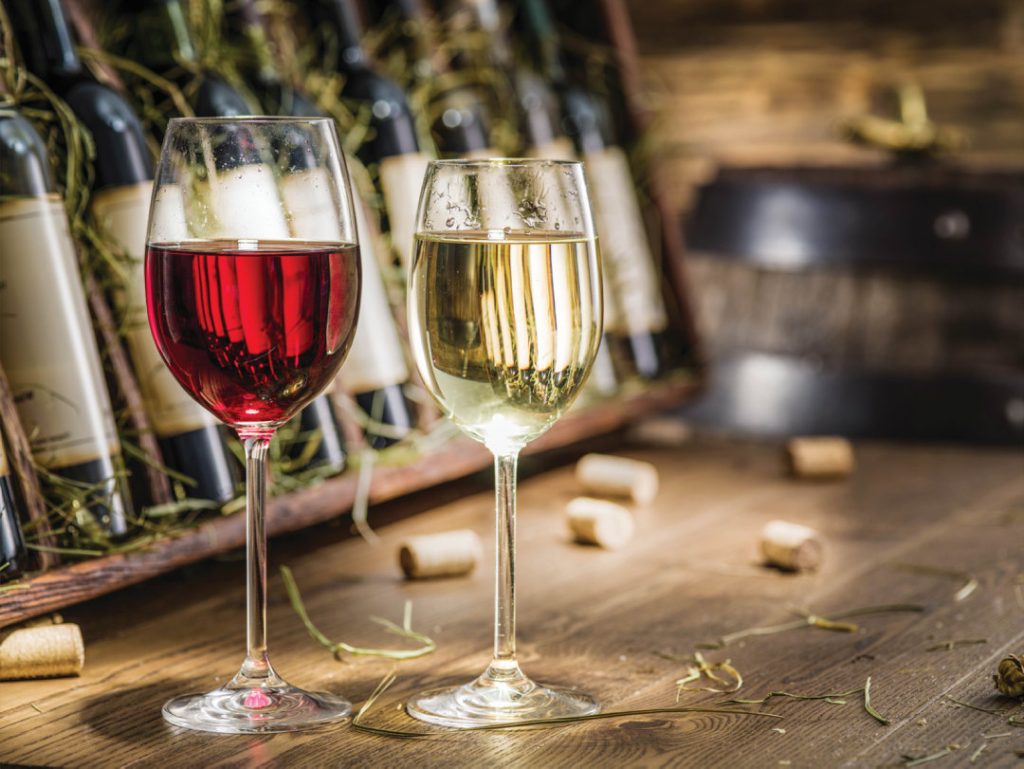In 10 years, a lot can change in the wine world.
Writing for VinePair, Tim McKirdy offered a breakdown of important wine trends in the 2010s. I’m borrowing some and giving my thoughts.
Natural wines emerged and became a debated topic. First, “natural” is a vague term when applied to wine. Also, conventionally made wines are fine for consumption. Those with a commitment to the environment, or who are scrupulous about what they put in their bodies, can take solace in the fact that organic and “natural” wines improved greatly over the last decade.
In France, these wines are broadly described as “bio” wines. One of them, Maris 2017 Languedoc, is marked as “made from organic grapes.” Created from syrah and grenache, the wine shows some black fruit character on a light frame plus some tannins but a clean finish. $11. ★★★
Canned wines may stand the test of time. I love alternative packaging. Canned wines are convenient and great for hiking or the beach, where glass would be prohibited. The problem is that canned wine is not the same wine you find in bottles. The wine must conform to a low-corrosive formula, and sometimes it shows.
California’s Sterling Vineyards has some great-looking 375-ml cans on the market, but the wines taste very over-produced. Sterling Vineyards California Chardonnay is smooth and sweet with “juicy fruit” character but no finish or depth. $7. ★★★
Cabernet sauvignon, as a variety, seems very out-of-place in any can. There are better canned wines out there.
Rebranding entire regions, such as Beaujolais, also was a big trend. Since the ’70s, fizzy, fun, Beaujolais nouveau overshadowed this region of France, even as the 10 “cru” regions produced wines ranging from elegant to powerful that occasionally rival neighboring Burgundy. Domaine Du Riaz 2016 Côte-de-Brouilly smells of lilac and is light, lively, and full of floral and dried fruit characters while finishing very clean. $20. ★★★ 1/2
McKirdy mentioned the rise of sweet red blends, the Apothic Red phenomenon, which is not a good trend. But he also cited the rise of rosé, a great development.
I would add to the list a growing respect for regional wines, those from the other 47 states, as they are called. Assisted by the rise in regional breweries and distillers, young drinkers concluded, “Why not local wine?” as well. Local has a new currency in the wine market. Knowledge about grape-growing and wine-making improved across the board, and we can enjoy great wineries in our backyard into the next decade and beyond.
GRADE: Exceptional ★★★★★, Above average ★★★★, Good ★★★, Below average ★★, Poor ★.

David Falchek executive director of the American Wine Society, reviews wines each week. Contact: dfalchek@gmail.com




